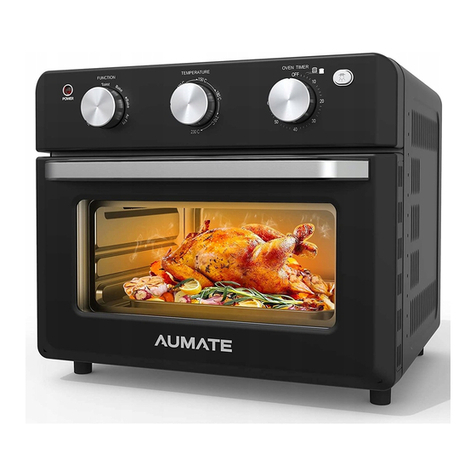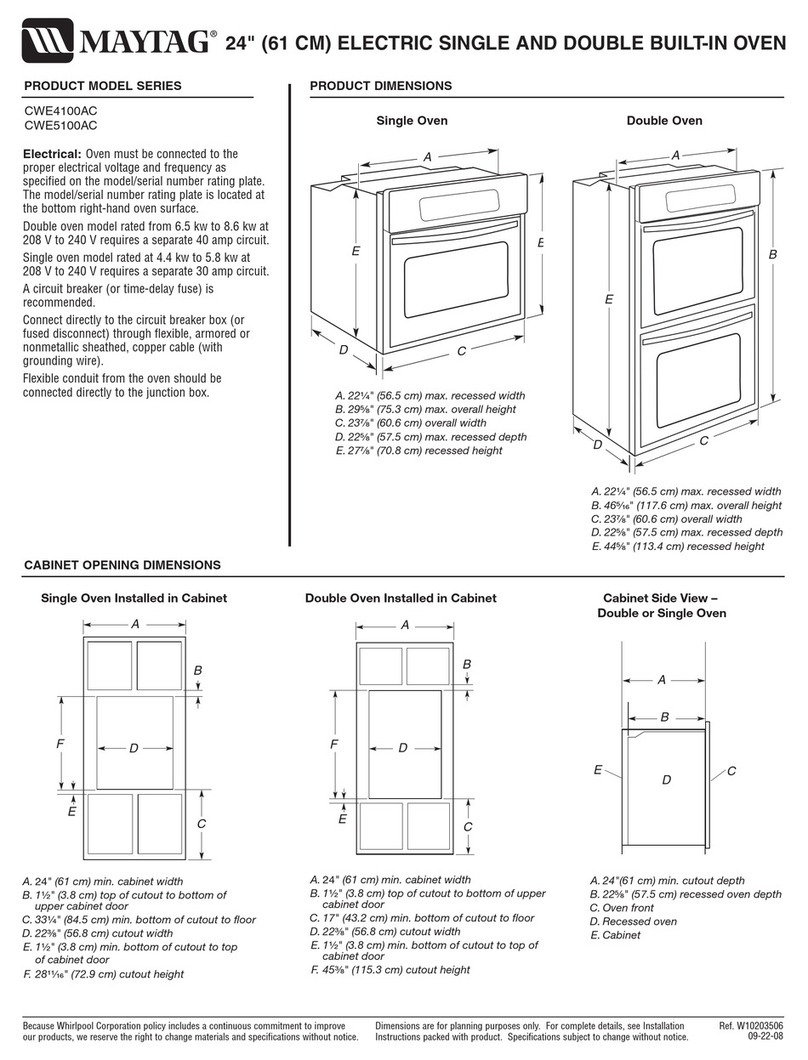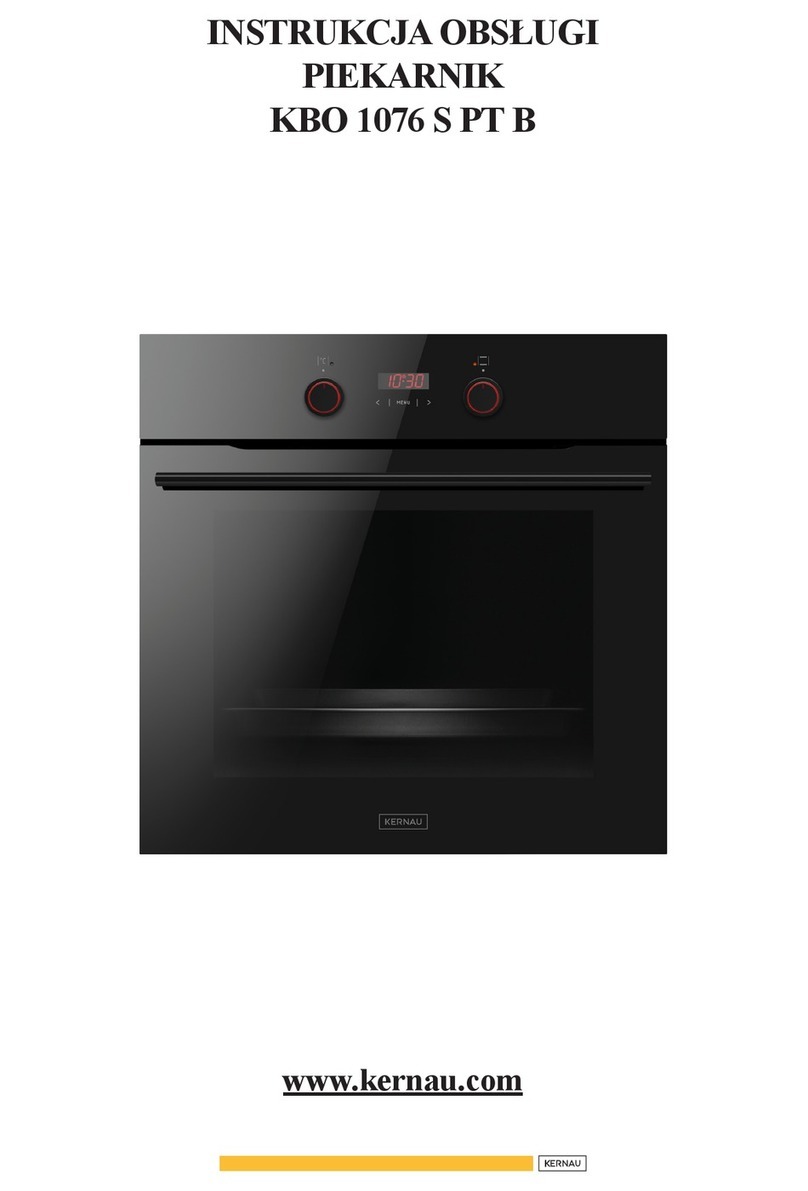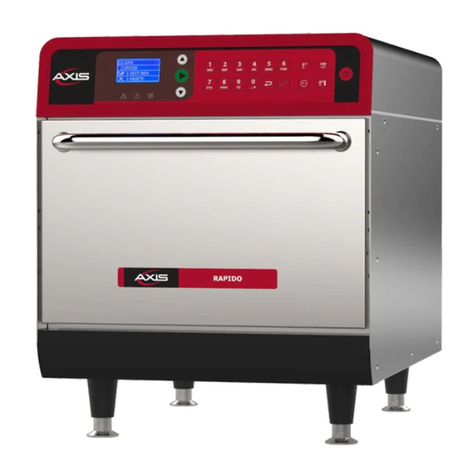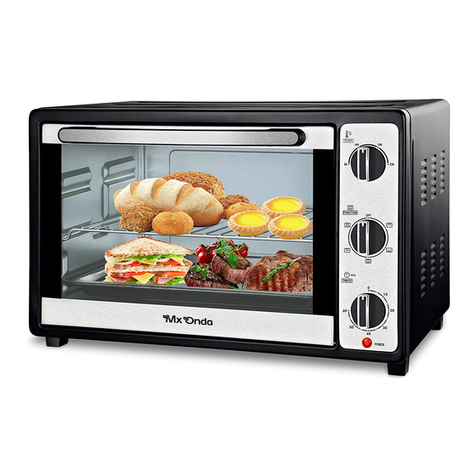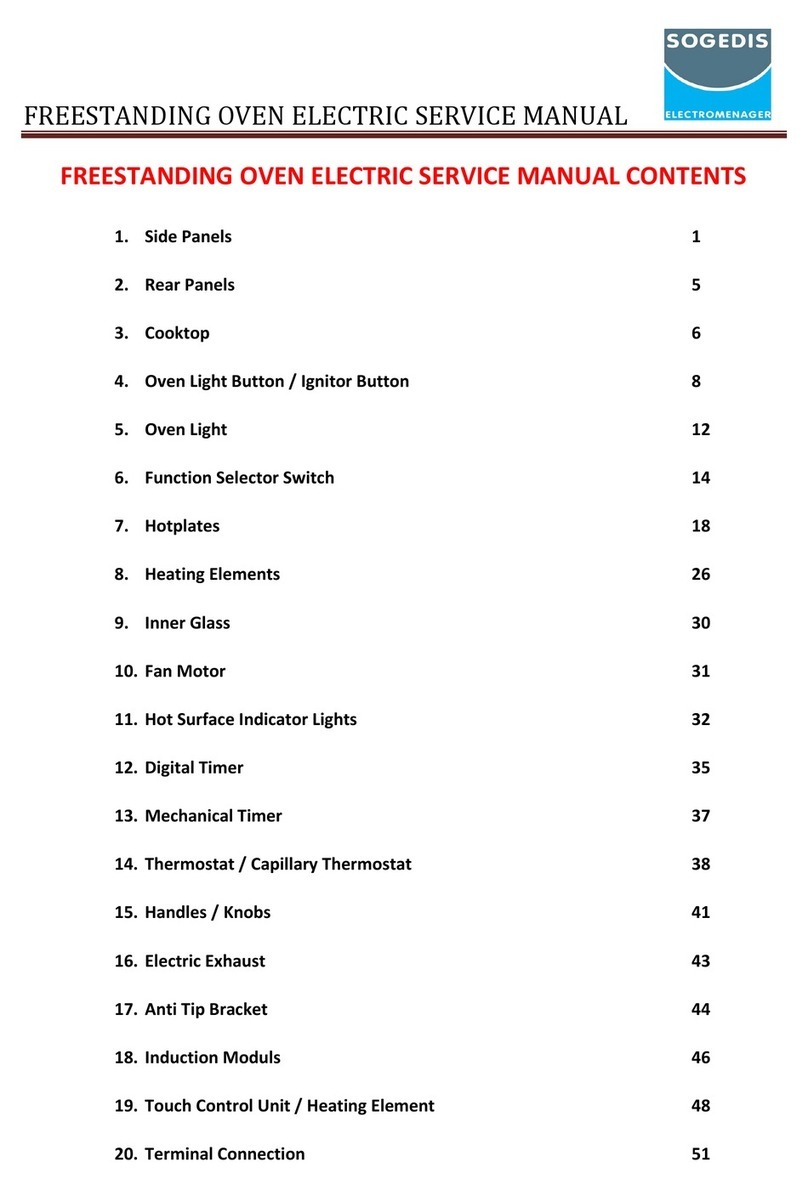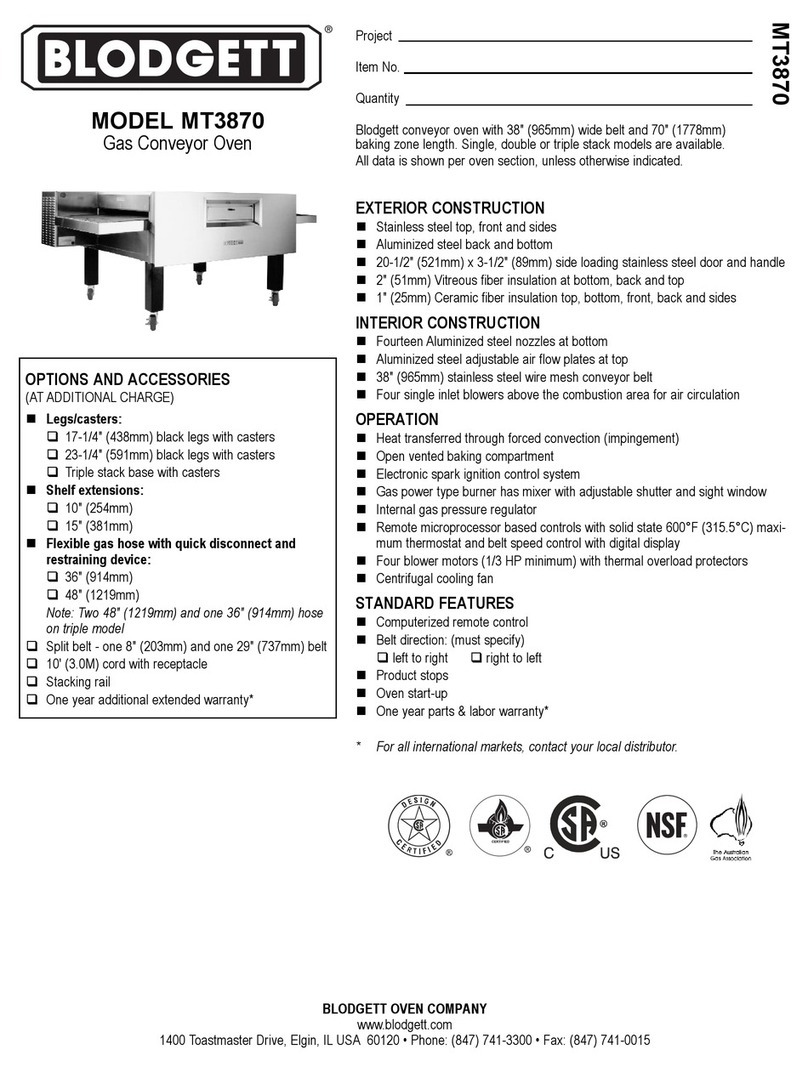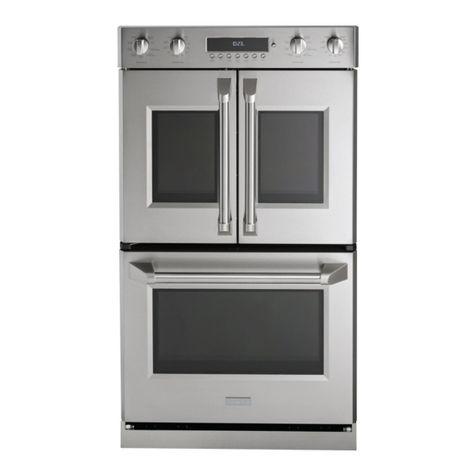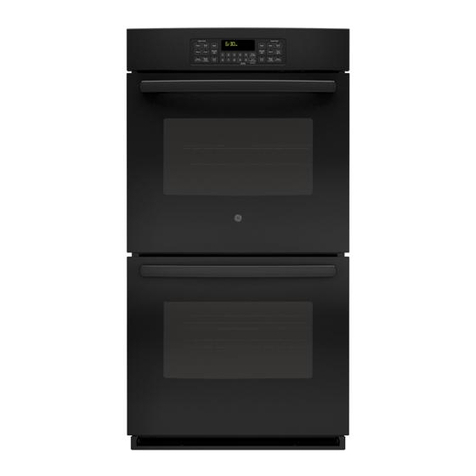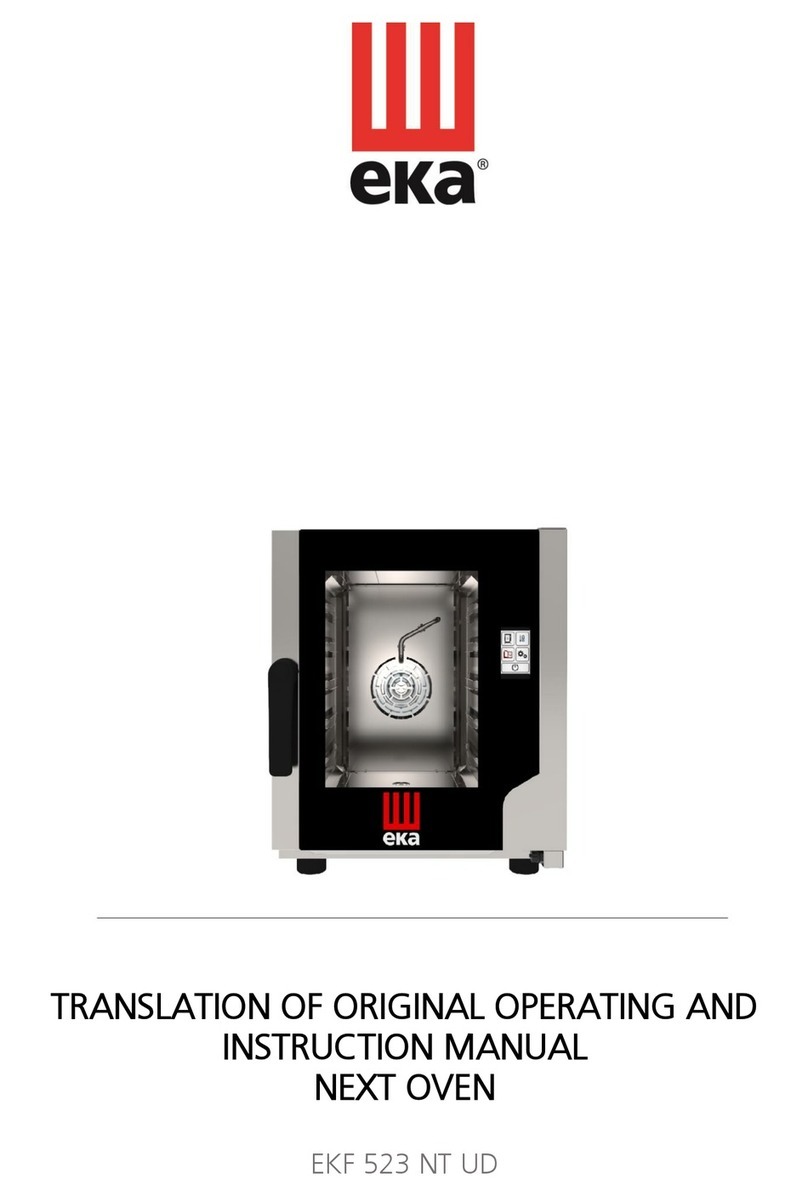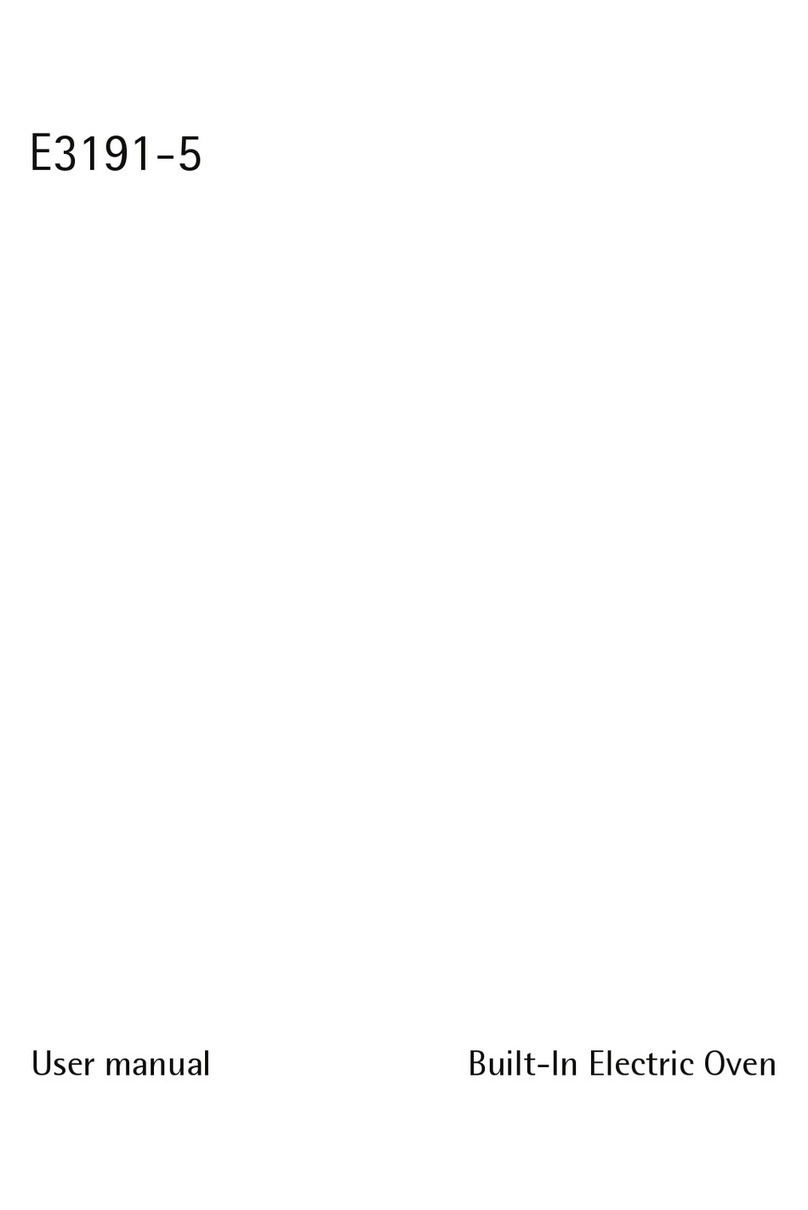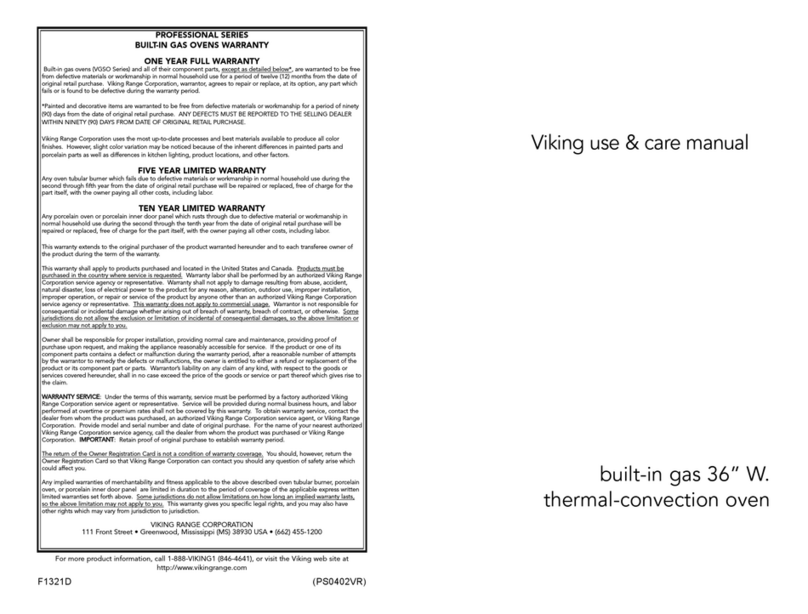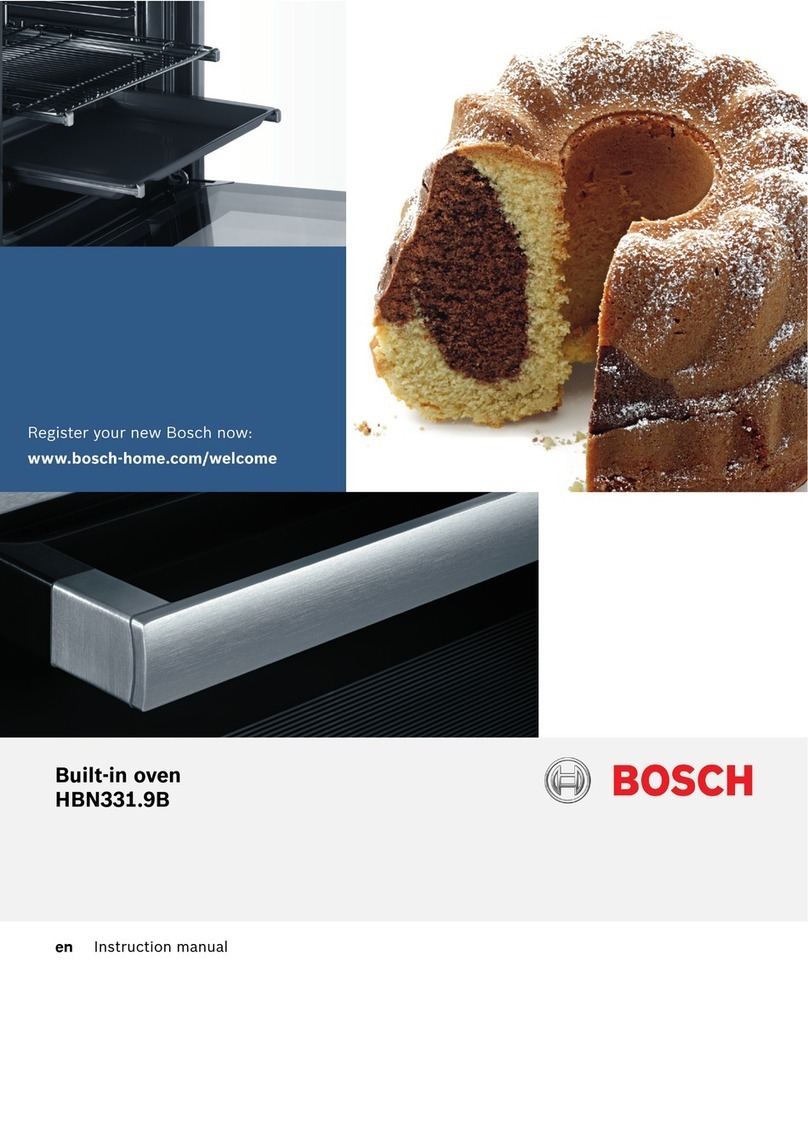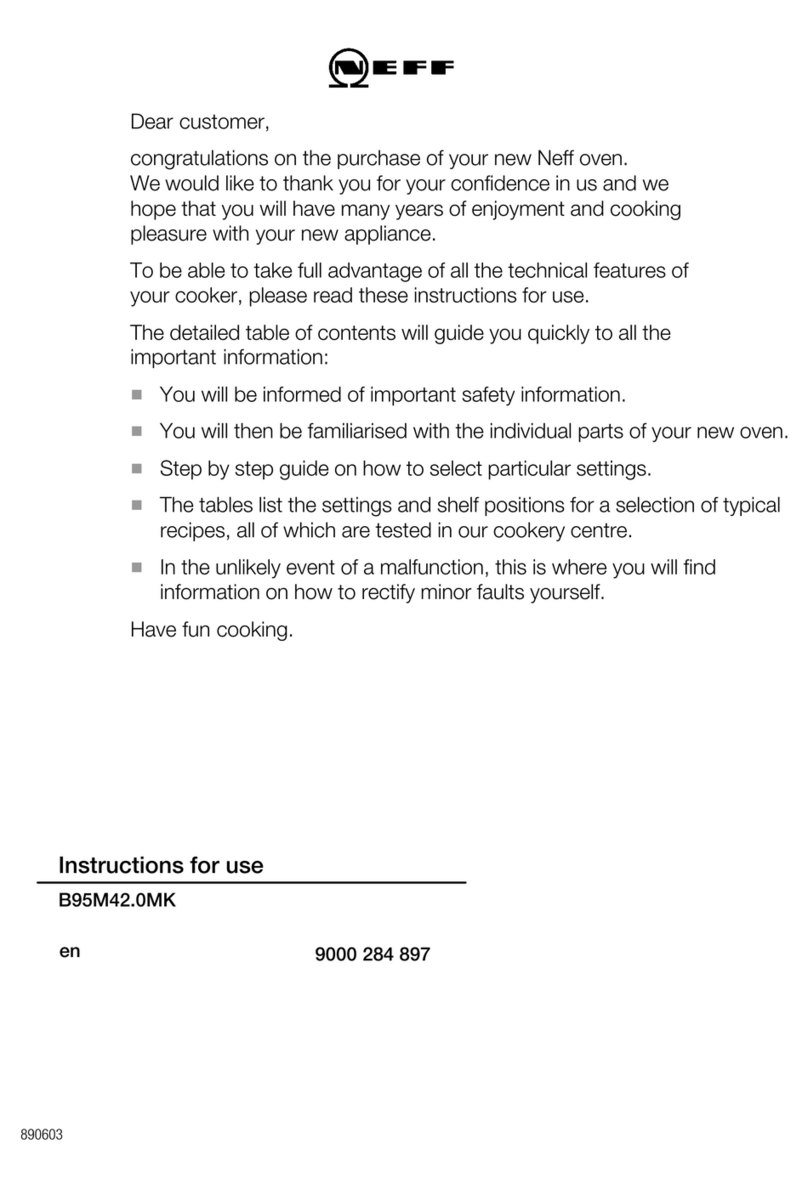
Dear Installer,
This manual contains all the necessary information for safe installation of the appliance. Please read it
carefully before carrying out any operation, and store it properly for future reference.
For any further information or if you have not understood any part of the manual, please contact us for
clarification.
Enjoy!
index
1. Safety precautions.................................................................................................................................................................................4
1.1. Installer safety regulations ....................................................................................................................................................4
1.2. Pictograms ......................................................................................................................................................................................5
1.3.Installation codes and standards..........................................................................................................................................5
2. After removing the packaging......................................................................................................................................................6
2.1. Checking the appliance and kit supplied....................................................................................................................6
2.2. Removing the film......................................................................................................................................................................6
2.3. Technical specifications label..............................................................................................................................................6
3. Transportation .........................................................................................................................................................................................7
3.1. Transporting the appliance..................................................................................................................................................7
3.2. Characteristics of the installation area...........................................................................................................................7
4. Positioning.................................................................................................................................................................................................9
4.1. Resting on a table/cabinet....................................................................................................................................................9
4.2. Resting on a prover ...................................................................................................................................................................9
4.3. Resting on an oven....................................................................................................................................................................9
4.4. Resting on a stand......................................................................................................................................................................9
5. Electrical connections...................................................................................................................................................................... 11
5.1. Warnings ....................................................................................................................................................................................... 11
5.2. Connections................................................................................................................................................................................ 12
5.3. Replacing the power supply cable............................................................................................................................... 12
6. Water connections............................................................................................................................................................................. 13
6.1. Incoming water ........................................................................................................................................................................ 13
6.2. Inlet water characteristics................................................................................................................................................... 13
6.3. Outgoing water ........................................................................................................................................................................ 14
6.4. Cleaning water .......................................................................................................................................................................... 14
7. Flue pipe................................................................................................................................................................................................... 15
8. Inspections ............................................................................................................................................................................................. 16

